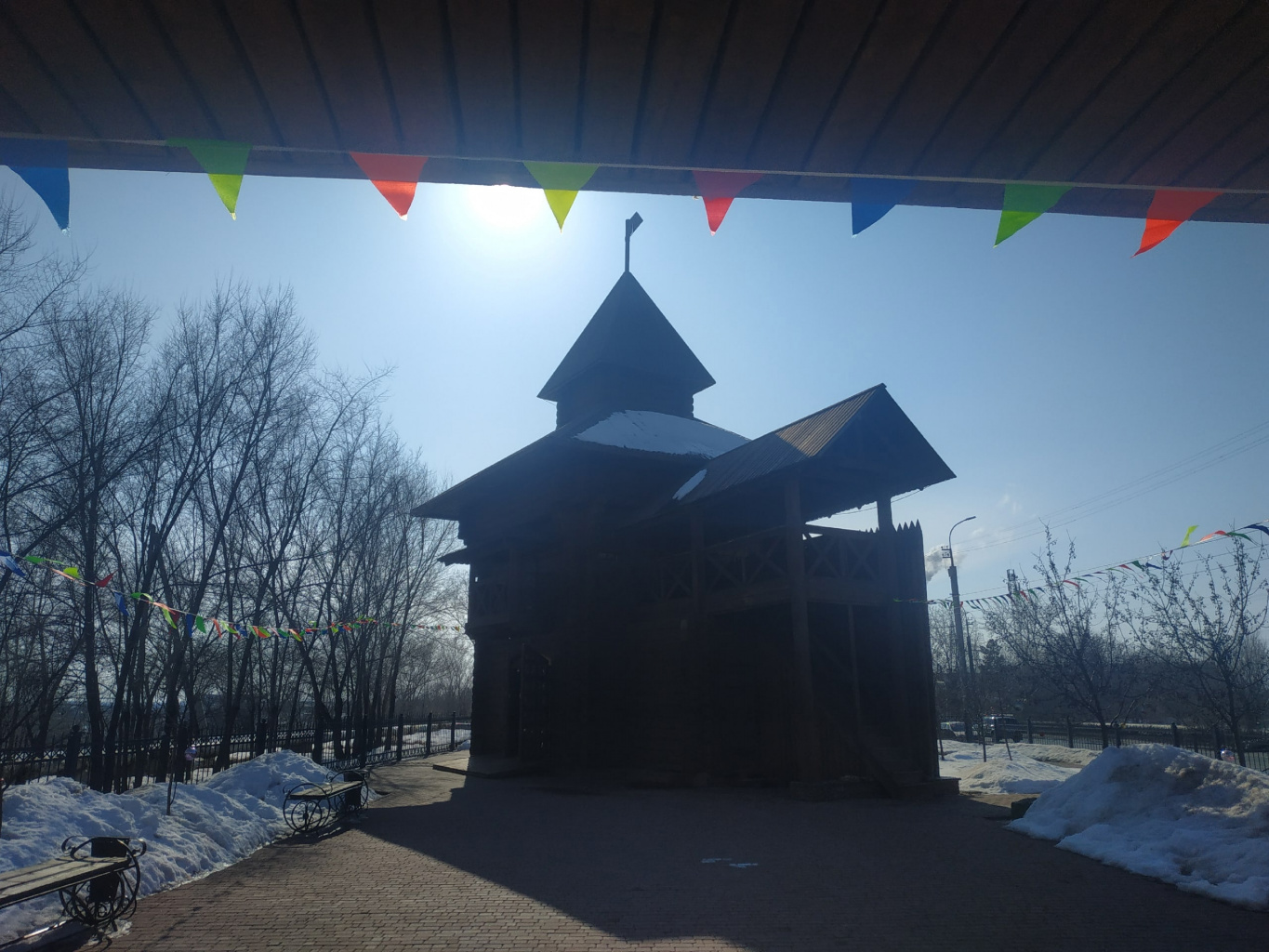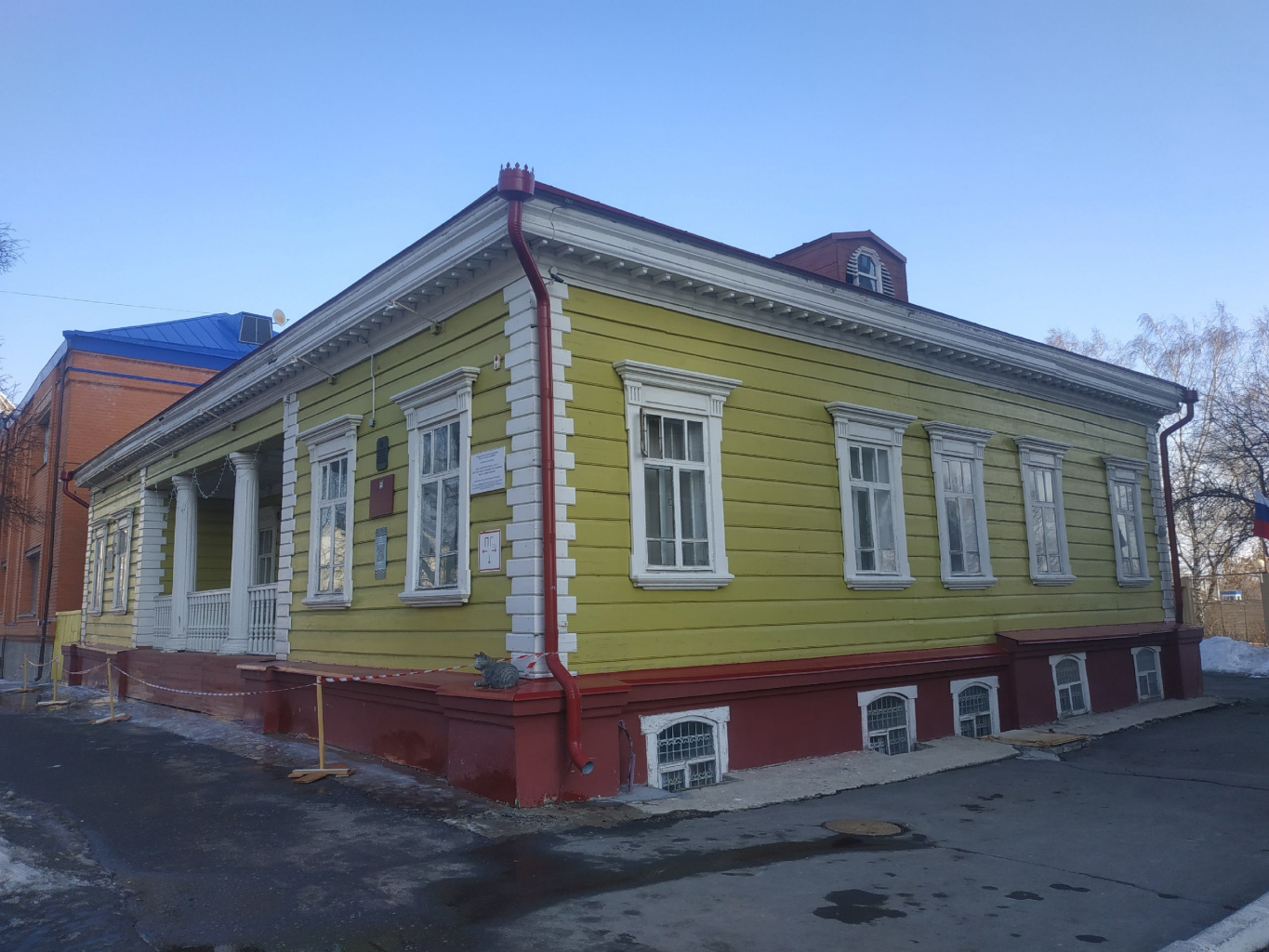The city of Kurgan with the population of just over 300 thousand people (2021) has many five-storied buildings, but there are multi-storied buildings, too. This is a city featuring little colours (although any citizen of Kurgan draws the attention of travellers to the new and colourful Zaozerny microdistrict (housing estate)), but a lot of sunshine as the sun shines over the capital of the Trans-Ural area during 116 days, almost a third of the year. By the way, the number of sunny days in Moscow ranges on average from 55 to 75, so there is much sunshine beyond the Urals.
Last but not least, this is explained by a sharp continental climate. If you arrive in the capital of the Trans-Ural area in winter, be prepared for a minus 40-degree Celsius weather with the wind coming from the Kazakh steppes. If you come to the city at the end of March, for example, you can enjoy the bright blue sky and the tits sitting on the branches and chirping relentlessly, and their ‘songs’ are as nice as the call of the nightingales in the Moscow suburbs.
We started my acquaintance with Kurgan with a small airport, where we immediately made several discoveries. Firstly, where else do passengers walk across the airfield from the airstair to the airport terminal building? Usually, the passengers are transported by bus even at a distance of hundred metres according to the requirements of the security services, but in Kurgan, everything is simple as at home.
The second nuance is the operation of the baggage claim system. In Kurgan, you will not see any belt for your suitcases. All suitcases and bags are brought into a separate room and stacked on racks, and the passengers come in and pick up their luggage. But, of course, they should present the coupon with the luggage number at the exit of the baggage room to the attentive airport employee; everything is in order with security at this airport despite such a simple service, as it seems at first sight.
And then, almost immediately, the city of Kurgan starts with its amazing night illumination, rather bumpy roads and taxi drivers, most of whom drive at such insane speed that it seems that they spoil the suspension on local rough spots at least several times a year.
The Tobol River embankment is bright and well-kept in Kurgan. The river is under a rather thick layer of ice, but tourists and locals still walk along the embankment, strolling under LED lights from the monument to Viktor Tsoi made in the form of the well-known star called the ‘Sun’ to the other end of the embankment, where the Holy Trinity Church is located.
The Central Culture and Leisure Park (TsPKiO), from which many people enter the embankment, is probably the most ‘illuminated’ Russian park I have seen so far. Moreover, many Kurgan people call it by its abbreviation, just ‘TsPKO’ -without the letter ‘i’. So, if you want to speak like a local, call it this way, too. Although, however, the Kurgan people very easily distinguish the people from the central part of Russia; as the taxi driver explained to me, no one emphasizes the sound [a:] like native Muscovites do.
The city of Kurgan traces its history back to 1679 when Timofey Nevezhin, a former slobodchik (head of the administration) of Tsarevo Gorodische (Tsar’s Fortress-Site), founded a new settlement. The monument to the founder meets visitors right near the station. The coat of arms of the city is opposite it with a rather unclear inscription “To life Kurgan”, where, after the word “life”, it seems, there should be a comma, and after “Kurgan” - an exclamation mark.

The city leads its steady life. It preserves, among other things, its history as on the outskirts of the city, and there is the reconstructed ‘sloboda’ (settlement), the entrance to which costs only 30 roubles, and a short tour of it costs 50 roubles more. The ‘sloboda’ was reconstructed in 2013 with an 18-metre-high wooden watchtower with an area of 36 square metres and a fragment of the fortress wall.
The city has a central square named after Lenin, and by the way, it is the largest in the Ural area. And on the monument to Lenin, there is a quotation reading “Our socialist republic of Soviets will stand firmly as a torch of international socialism and as an example for all the working masses”. The republic doesn’t exist any longer but the inscription is still there.

In Kurgan, a bright yellow wooden house has survived to this day where one of the Decembrists (rebellious people of nobility), Mikhail Naryshkin, once lived. After the Decembrist Revolt of 1825, 13 of them were exiled to Kurgan to stay in this town from 1830 to 1857. In those years, Naryshkin’s house became a ‘breath of life-giving fresh air’ for Kurgan and the centre of cultural life for almost the entire local urban elite. The fact is that most of the nobles living in Kurgan in the 19th century were also exiles, so they gathered at Naryshkin’s music-room and discussed the news. Today, there is a Decembrists’ house-museum in that small building where the atmosphere of the manor of the nobility (‘a nest of gentlefolk’) of that time has been restored with the furniture and interior items of that days, as well as with the clothes and the documents on the tables. By the way, tourists can try on the clothes of the 19th century at this museum and take an unusual selfie that will definitely be very special in their photo album on social networks.
What else? In Kurgan, there is a monument to one of the most powerful Russian FD-series steam locomotives. It is also famous by the fact that engineer Ivan Blinov, Hero of Socialist Labour, operated it from 1935 to 1957. And this steam locomotive operated by Blinov was the first on the South Ural Railway to drove a heavy train in April 1937.

And Kurgan is a small but nice monument to the ‘Alien’ from a science fiction film. He greets a tired traveller on the way from the TsPKiO to the embankment, and the Kurgan people joke that he is definitely “at home” in their city.
But that is another story.


